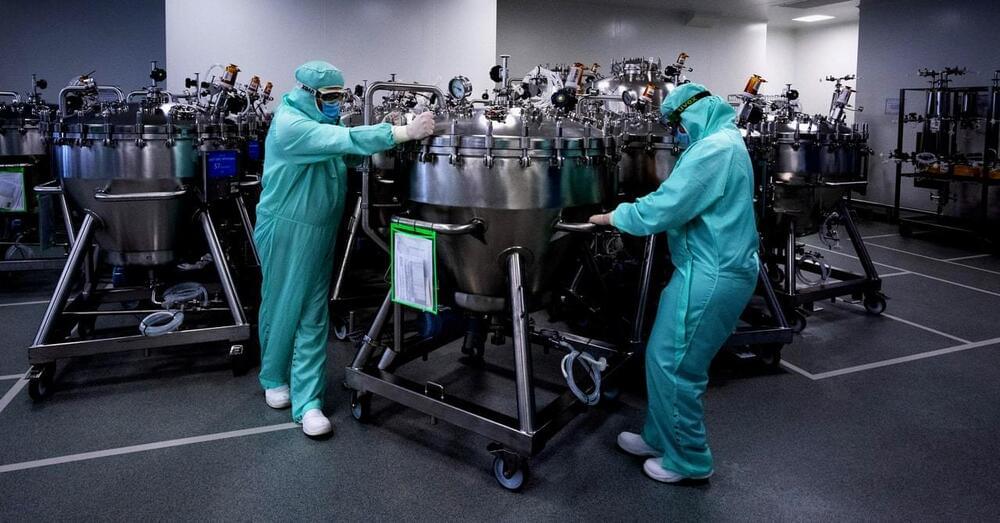
Get the latest international news and world events from around the world.






Algae-powered computing: Scientists create reliable and renewable biological photovoltaic cell
Researchers have used a widespread species of blue-green algae to power a microprocessor continuously for a year—and counting—using nothing but ambient light and water. Their system has potential as a reliable and renewable way to power small devices.
The system, comparable in size to an AA battery, contains a type of non-toxic algae called Synechocystis that naturally harvests energy from the sun through photosynthesis. The tiny electrical current this generates then interacts with an aluminum electrode and is used to power a microprocessor.
The system is made of common, inexpensive and largely recyclable materials. This means it could easily be replicated hundreds of thousands of times to power large numbers of small devices as part of the Internet of Things. The researchers say it is likely to be most useful in off-grid situations or remote locations, where small amounts of power can be very beneficial.


Check out the first hi-res images from NOAA’s new satellite
The National Oceanic and Atmospheric Administration (NOAA) has shared the first images from its recently deployed GOES-18 weather satellite.
The stunning captures (below) were obtained by the satellite’s Advanced Baseline Imager (ABI) instrument as it orbited about 22,000 miles above Earth.
The ABI observes Earth via sixteen different channels. Each one detects energy at different wavelengths along the electromagnetic spectrum, enabling it to gather data on Earth’s atmosphere, land, and oceans. According to NOAA, data from ABI’s channels can be combined to create imagery known as GeoColor, which looks similar to what the human eye would see from space. Analyzing the data in different ways enables meteorologists to highlight and examine various features of interest.